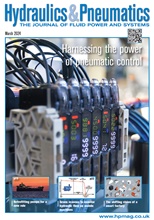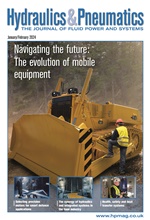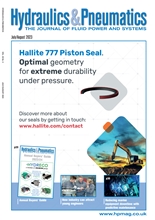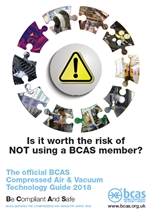Question time
Q3 Is there a standard that identifies the contaminant limits for various applications?
Compressed air is a utility necessary in most industries, but considering it as such can undermine the importance of the air’s purity levels and the impact this can have on critical processes. A paint finish may be capable of rectification but a spoiled silicon chip can only be thrown away.
It is commonly assumed that there are standards that identify the contaminant limits for an application. In the case of ISO 8753-1, the standard actually comprises a
a menu of contaminant levels for the three most common types; particles, water and oil.
The contaminants are classified into groups of convenient values so that the user and the supplier can develop a solution for an application based on standard levels of contamination. The means to provide the necessary air treatment equipment can then be determined on either a general configuration or as a specific solution. Each of the contaminants needs to be identified with its acceptable limit chosen from ISO 8573-1 classification that suits the application.
In some application areas there are publicly available good practice guides that identify the combination of contaminant levels acceptable. The food and beverage industries have such a guide produced by BCAS, known as the Food Grade Compressed Air Best Practice Guide. There are other areas such as the health, medical and dentistry, which have their own specifications. Breathing air is identified in a European Standard and there are others.
For many applications however, there are no commonly available specifications for compressed air. This is when ISO 8573-1 comes in useful as it helps the user of compressed air to identify the contaminant classification and, by discussion with a supplier, determine the correct and economic levels.
In doing so, this will enable discussions around the most practical and affordable way of achieving the purity level required. Achieving a classification of 1:1:1 sounds good, but it is also expensive to maintain such levels. Trying to maintain -70degC pdp (desert type values) in a compressed air system made up of many hundreds of metres of piping is possible but will be very costly, take days to reach that low level and still be susceptible to fluctuations.
-
Smart Manufacturing & Engineering Week
05 - 06 June, 2024
NEC, Birmingham -
HILLHEAD 2024
25 June, 2024, 9:00 - 27 June, 2024, 16:00
Hillhead Quarry, Buxton, Derbyshire UK










